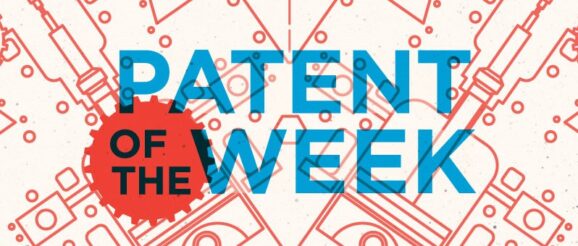Genes Reveal Details of ‘the Crime,’ Pathway to Develop a Novel Treatment for Neurodegenerative Disease – Polsky Center for Entrepreneurship and Innovation

Genes Reveal Details of ‘the Crime,’ Pathway to Develop a Novel Treatment for Neurodegenerative Disease
University of Chicago researcher Christopher Gomez is developing a gene therapy to treat a rare, neurodegenerative disease – and conducting a clinical trial, backed by Pfizer and Biogen, to establish a better way to track disease progression.
Spinocerebellar ataxia type 6 (SCA6), a hereditary disease that causes loss of balance and coordination, tremors, and uncoordinated muscle movement. While current FDA-approved therapies only mitigate symptoms and do not address the underlying processes responsible for disease progression, Gomez has worked with the Polsky Center to patent a method to treat SCA6 that has demonstrated in early studies the ability to protect against cell degeneration associated with ataxia.
The Albina Y. Surbis Professor of Neurology at UChicago, Gomez’s work is based on more than 25 years of research and expertise in evaluating and treating patients with different forms of ataxia, which affect as many as 150,000 Americans. During this time, the proliferation of genetic testing has revolutionized the understanding of disease and approaches to diagnosis.
“Our skillset was that of coach and cheerleader, protecting our patients from the consequences of the disease,” said Gomez. “When the genes began to be found, our next role became helping patients work through whether they wanted to be tested and how to diagnose them by mobilizing a growing set of gene testing options.”
The identification of genes associated with specific diseases also means that researchers are now able to find what the gene is doing wrong and how to fix it, which is what Gomez and a graduate student in his lab, Holly Kordasiewicz, set out to do in 2005.
“In the laboratory, it’s like we can put the enemy (the disease gene) in the interrogation room and question it until it reveals to you the details of the crime,” said Gomez, who noted that the discovery was “something very unique and novel that changed our lives.”
What he uncovered, with the help of his lead scientist in Chicago, Xiaofei Du, was that the gene associated with SCA6 contains the information to make not just one, but two proteins – and the newly-identified second protein was responsible for causing the disease.
This novel expression system is by no means unique, said Gomez, who with his team is looking at other related genes – associated with very complex diseases – to determine how many also express two proteins. It is their hope is that this insight will both explain these diseases and provide novel strategies to treat them.
Additionally, Gomez has developed an associated mouse model for preclinical validation studies, which his group will use to test gene silencing therapies developed at Ionis Pharma, where Kordasiewicz is now vice president of Neurology research. “We almost have the perfect screening tools right now,” said Gomez, noting that new tools, such as human-induced pluripotent stem cells and CRISPR, have greatly accelerated the ability to model disease.
Big Ideas
In parallel to this work, Gomez also has been leading an initiative to develop better outcome measures for patients with ataxia – ones that reflect real experiences. The current standard is a performance assessment called SARA (scale for the assessment and rating of ataxia). It is a clinical scale that addresses sway, speech, hand and leg movements, and gait, though its utility is limited, said Gomez, and it is not robust enough to conduct a “reasonable” clinical trial.
In search of a better option, Gomez began working with APDM Wearable Technologies (recently acquired by ERT), which uses wearable inertial sensors to more accurately evaluate the progression of movement disorders.
Together with researchers at Harvard, Hopkins, and UCLA, Gomez began testing patients using APDM’s devices. “I established that you have to do this with great accuracy and have the patient conduct the task exactly as you instruct,” said Gomez, who translated these instructions into Spanish for distribution to Holguin, Cuba, which has the highest prevalence of the SCA2 in the world.
“Pfizer and Biogen gave us some funding to conduct more studies with patients at these centers to study the progression of the disease with the sensors,” noted Gomez. The IDEA study, which stands for Instrumented Data Exchange for Ataxia, is sponsored by the University of Chicago. The estimated study completion date is June 30, 2022.
APDM is in the process of submitting all necessary documents to the FDA to establish a new clinical outcome assessment, which Gomez said they hope will be the benchmark for ataxia going forward.
// Patent of the Week is a column highlighting research and inventions from University of Chicago faculty. For more information about available technologies, click here.
